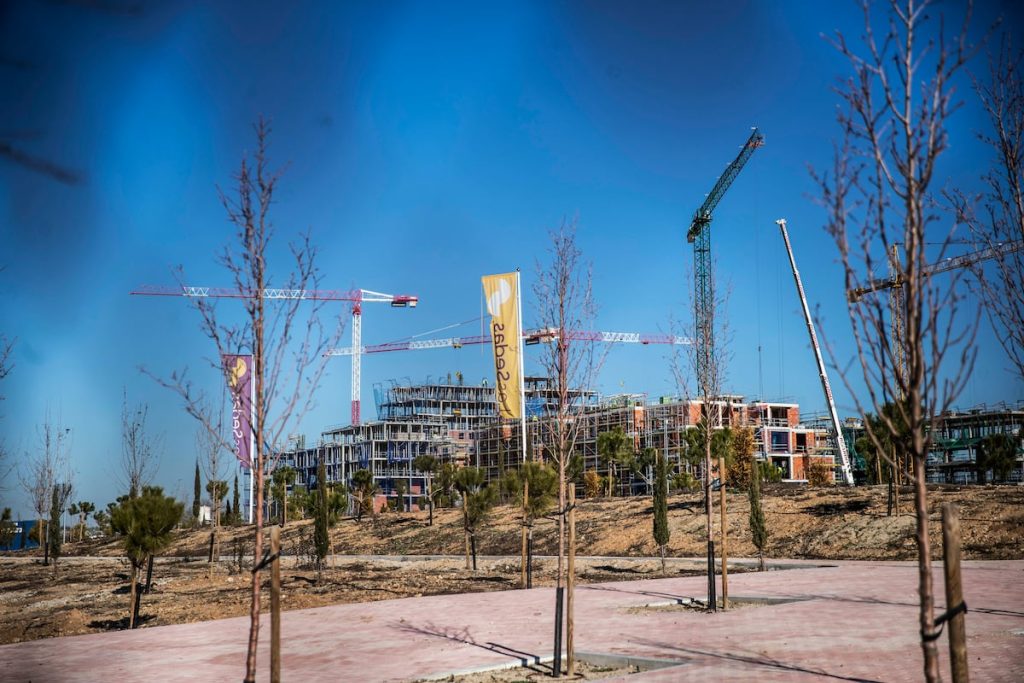In 2023, Spain had accumulated 447,691 new homes that were empty and unsold. This marked the first increase in unsold homes in 14 years, with 3,145 more than in the previous year, according to official data. Analysts attribute this rise to factors such as the reduction in forced savings during the pandemic which had previously boosted the real estate market, high interest rates that have made it difficult for potential buyers to secure loans, and the legal uncertainty surrounding the new housing law. Although the percentage increase is small, less than one point, it represents a change in trend as the housing market continues to experience a price spiral. This year also marks the first time since 2009 that Spain did not absorb new homes, indicating a shift in the real estate market dynamics.
The increase in unsold houses in 2023 can be attributed to a variety of reasons, according to experts. Changes in legislation have made it increasingly difficult for low-income families to buy homes, pushing them towards the rental market. Additionally, the new housing law has discouraged the acquisition of properties by one of the main players in the real estate market in recent years, investment funds. The challenges in obtaining a mortgage loan due to rising interest rates have also deterred many families from entering into new transactions. Foreign buyers have been less affected by these changes and continue to contribute significantly to the real estate sector, purchasing over 87,000 houses in Spain in the previous year out of a total of 583,000 transactions.
Certain regions in Spain have a higher accumulation of unsold homes, with the Valencian Community, Catalonia, and Andalusia holding nearly half of the vacant properties. On the other hand, Navarre, Cantabria, and Extremadura reported no unsold homes. While the Basque Country has the lowest percentage of accumulated properties nationally. Regions such as Andalusia, Madrid, the Basque Country, Catalonia, Aragon, Ceuta, and Melilla have seen an increase in unsold homes compared to the previous year. However, some areas like Asturias, Galicia, Murcia, and the Canary Islands have experienced reductions in unsold properties. Despite having the highest excess in absolute numbers, the Valencian Community saw a significant 5.8% decrease in unsold homes compared to the previous year.
Madrid and Barcelona, among the provinces with a high inventory of available properties, have a stock representing less than 1.9% of the provincial housing stock, indicating active real estate development. On the other hand, less populated areas in Spain such as Toledo, Ciudad Real, Lleida, and Teruel have higher rates of unsold properties compared to their housing stock. In 2023, Spain reached nearly 27 million total homes, a 0.3% increase from the previous year. Since 2001, the housing stock has steadily increased, but at an insufficient rate to meet the high demand experienced in recent years. The most populous communities, including Andalusia, Catalonia, Valencia, and Madrid, have the largest number of homes.
The real estate market in Spain continues to face challenges and changes in trends, driven by factors such as changes in legislation, interest rates, and demand dynamics. The increase in unsold homes in 2023 reflects a shift in market dynamics and the impact of various factors on buying patterns. While some regions have seen a decrease in unsold properties, others have experienced a rise, highlighting the diverse landscape of the real estate market in Spain. With the housing stock steadily increasing, it remains to be seen how the market will evolve in response to these changes and challenges.















